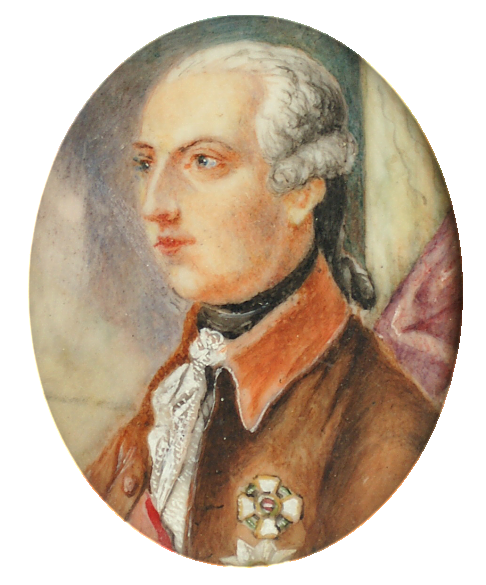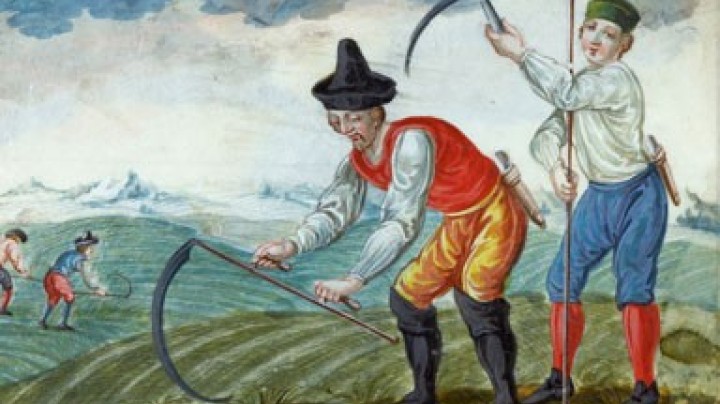This portrait is enchanting fair – portraiture as a source of income
In the eighteenth century demand for portraits increased hugely. It was no longer social but economic conditions alone that determined whether an individual was worthy of having his or her portrait painted.
In 1788 the director of the Vienna Academy of Fine Arts, Johann Heinrich Füger, expressed his concern over the lack of commissions, and complaint was brought to the notice of State Chancellor Prince Kaunitz.It has come to such a pass that painters and sculptors are scarce able to earn a crust. The Court commissions nothing, churches and monasteries are not permitted to. The nobility has either no taste or inclination for such works of art or too little money. … It is people’s vanity alone that still feeds the painters with portraits and to some extent the sculptors.
The production of art followed the growing demand, and increasing numbers of portraitists were offering their services for sale. A wide variety of techniques was employed, depending on the pocket of the sitter: silhouettes, miniatures, pastels, pen-and-ink drawings, scissor-cut images or sculptures in addition to the traditional oil painting. Collections of portraits, originally a privilege of the nobility, also became common among middle-class collectors from the end of the seventeenth century. However, this ‘democratization’ of the medium did not pass without comment: contemporaries criticized the French vogue for portraits, claiming that it encouraged coquetry in women and the practice of artists who painted only the face, leaving the clothing and drapery to their studio assistants.
Artists’ studios were organized on division of labour: portraits could be supplied ‘off the peg’, with copyists making duplicates of famous portraits and specialists who were responsible for separate details such as the decoration, hands or décolletés and so on. Pattern books provided models for the sitter to choose from with only the face needing to be inserted.
Nonetheless, the general situation for artists was precarious. By contrast, portraitists made good money. As a consequence, increasing numbers of artists took up this genre. Competition increased while the quality of the painting deteriorated. In order to increase his earnings, as the rate for a portrait was half a thaler, the painter Johann Kupetzky is alleged to have dashed off nine portraits of the pope in a single day.
Critics such as Joseph von Sonnenfels condemned such practices, finding fault both with the portrait painters who were only interested in money and not in artistic progress, and with their patrons, who desired merely imitation and conformity. Sonnenfels believed the only solution was to educate people’s taste.














